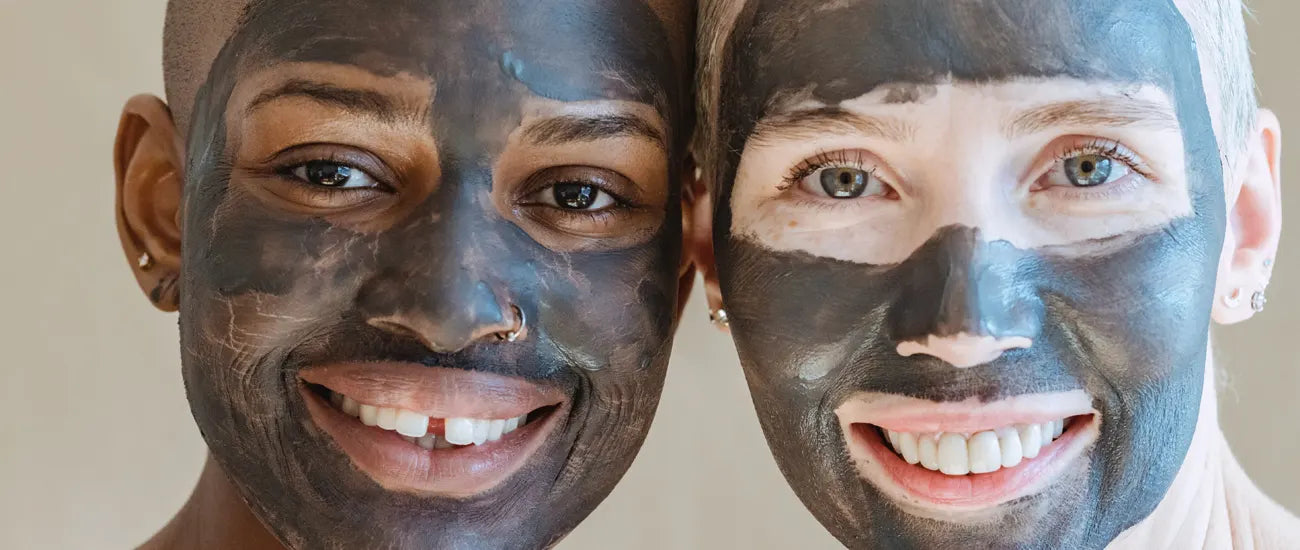Understanding Tanning Oil
Tanning oils facilitate the skin’s tanning process by intensifying ultraviolet (UV) rays’ penetration. They typically contain ingredients such as coconut oil, cocoa butter, and botanical extracts designed to hydrate and condition the skin. Modern formulations often include antioxidants like vitamin E to reduce potential oxidative damage from UV exposure (Gilchrest, Barbara A., and Mark S. Eller 1999).
How to Apply Tanning Oil Correctly
Before applying tanning oil, it’s important to know tanning oils usually don't contain sunscreen, or SPF, and they won't prevent sunburn.
Caution when tanning by limiting the amount of time of sun exposure, or tanning beds, as repeated and/or prolonged sun exposure, or indoor tanning, can increase skin aging and your risk of developing skin cancer.
Here are 7 steps for properly applying tanning oils:
Step 1: Start with a clean body. If at the beach, dust off any loose sand.
Step 2: Apply a generous amount of oil onto hands and evenly distribute it across the body, avoiding excessive accumulation in any area.
Step 3: Massage the oil over your entire body in a gentle massaging motion.
Step 4: Reapply every two hours, or more frequently if swimming or sweating.
Step 5: Stay indoors, under an umbrella, for a minimum of 10 minutes to allow the tanning oil to soak into the skin.
Step 6: Tan for ten minutes on each side; that’s 20 minutes per day. Avoid sun exposure between the hours of 10 am and 4 pm as during those hours that's when the sun's burning rays are the strongest.
Step 7: Rinse off the tanning oil, pat skin dry, and apply a moisturizing lotion.
Best Times of Day for Safe Tanning
The safest and most effective times for tanning are generally in the morning (8:00 AM–10:00 AM) and late afternoon (4:00 PM–6:00 PM). UV radiation peaks between 10:00 AM and 4:00 PM, increasing the risk of skin damage during these hours (World Health Organization).
By using tanning oil in this way, it will take longer to achieve a darker tan, but it will also last longer reducing skin damage and aging.
Safe Tanning Practices: Italy vs. USA
In Italy, safe tanning is traditionally approached with moderation and careful timing. Italians typically practice short but regular sun exposure, avoid peak sun hours, and often rely on shade. By contrast, American tanning practices may involve prolonged sun exposure or the use of tanning beds, which significantly increase skin cancer risks (Geller et al. 2002).
Importance of Sunlight for Human Health
Sunlight exposure triggers vitamin D synthesis in the skin, essential for bone health, immune function, and mood regulation. Vitamin D also plays a critical role in reducing inflammation, regulating cell growth, and maintaining neuromuscular functions. Regular, moderate sun exposure is associated with reduced risks of various conditions, including depression, cardiovascular diseases, and certain cancers such as breast and prostate cancer (Holick 2007).
Sunlight is also crucial for regulating the circadian rhythm, helping maintain a healthy sleep-wake cycle and improving overall mental health. Lack of sunlight has been linked to seasonal affective disorder (SAD), a type of depression triggered by insufficient sunlight. Additionally, sunlight exposure boosts serotonin levels, a hormone known for stabilizing mood, fostering feelings of well-being, and improving cognitive functions (Lambert et al. 2002).
Research indicates sunlight exposure can significantly enhance immune system efficiency, reducing susceptibility to infections. Sunlight has also been linked to improved cardiovascular health by promoting vasodilation, reducing blood pressure, and improving overall heart function (Weller 2016; Juzeniene et al. 2011).
The benefits of sunlight are not solely attributable to vitamin D. Ultraviolet (UV) exposure can induce the release of nitric oxide from skin stores, which helps lower blood pressure and may reduce the risk of cardiovascular disease (Weller 2016). Furthermore, the endocrine effects of UV exposure contribute to immune modulation and potentially even reduced risks of autoimmune disorders (Holick et al. 2011).
Risks of Excessive and Insufficient Sun Exposure
Excessive sun exposure significantly increases the risk of skin damage, including sunburn, premature aging (photoaging), hyperpigmentation, actinic keratosis, and damage to collagen and elastin fibers, leading to reduced skin elasticity and the formation of deep wrinkles. It can also suppress local immune responses in the skin, increasing vulnerability to infections and delaying wound healing.
Chronic overexposure to UV radiation is also associated with eye damage such as cataracts, pterygium (growth on the white of the eye), and photokeratitis (sunburn of the cornea), which may lead to long-term visual impairment if unprotected.
On the other hand, insufficient sunlight exposure is linked to vitamin D deficiency, which has far-reaching consequences. Beyond bone demineralization, deficiency increases susceptibility to autoimmune conditions such as multiple sclerosis and type 1 diabetes. It is also associated with metabolic syndrome, insulin resistance, increased risk of upper respiratory tract infections, and depression. Low UV exposure has been implicated in higher blood pressure and cardiovascular risk due to reduced nitric oxide availability in the bloodstream.
Balancing Act: Achieving a Healthy Tan Safely
To safely balance sun exposure:
- Limit direct sun exposure to short periods.
- Regularly apply sunscreen alongside tanning oils.
- Seek shade intermittently.
- Monitor your skin for changes and regularly consult a dermatologist.
Environmental Concerns: Tanning Oils, Sunscreens, and Coral Reefs
Certain tanning oils and sunscreens contain ingredients harmful to marine ecosystems, particularly coral reefs. Chemicals such as oxybenzone, octinoxate, and octocrylene can cause coral bleaching, disrupt marine life development, and harm aquatic biodiversity. Coral bleaching occurs when these chemicals stress coral reefs, causing them to expel symbiotic algae (zooxanthellae) that provide nutrients and vibrant coloration. The loss of these algae weakens corals, making them susceptible to diseases and ultimately death. This environmental degradation has far-reaching consequences, affecting fish populations, marine ecosystems, tourism industries, and coastal communities reliant on these ecosystems.
Opting for reef-safe formulations, free from harmful chemicals, is essential for preserving marine biodiversity and ecosystems. Consumers are encouraged to choose products labeled as reef-safe, typically containing mineral-based UV filters like zinc oxide and titanium dioxide, which have been shown to pose significantly lower risks to marine environments (Danovaro et al. 2008).




